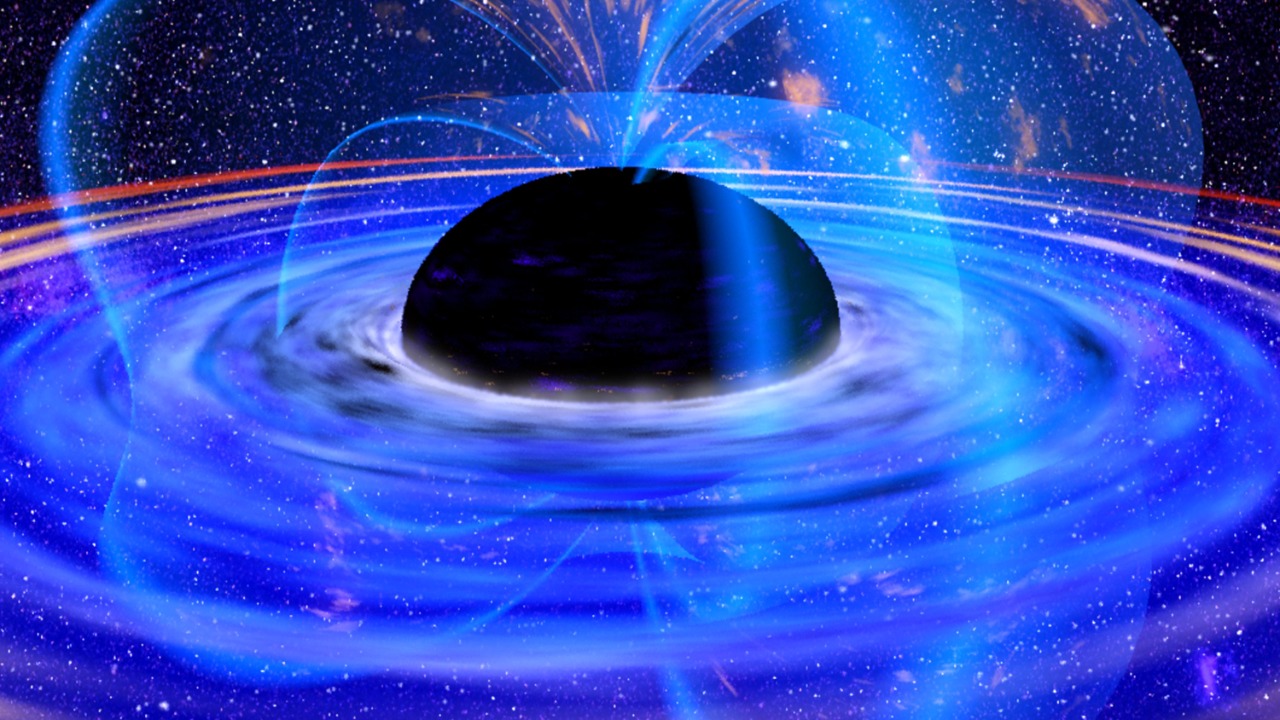
In a groundbreaking discovery, scientists have created an audible representation of sound waves from a black hole, offering a rare opportunity to “hear” this enigmatic cosmic phenomenon. This achievement, derived from data collected by NASA’s Chandra X-ray Observatory, unveils new insights into the behavior and properties of black holes, challenging our understanding of these mysterious objects in the universe.
The Science Behind Black Hole Sound Waves
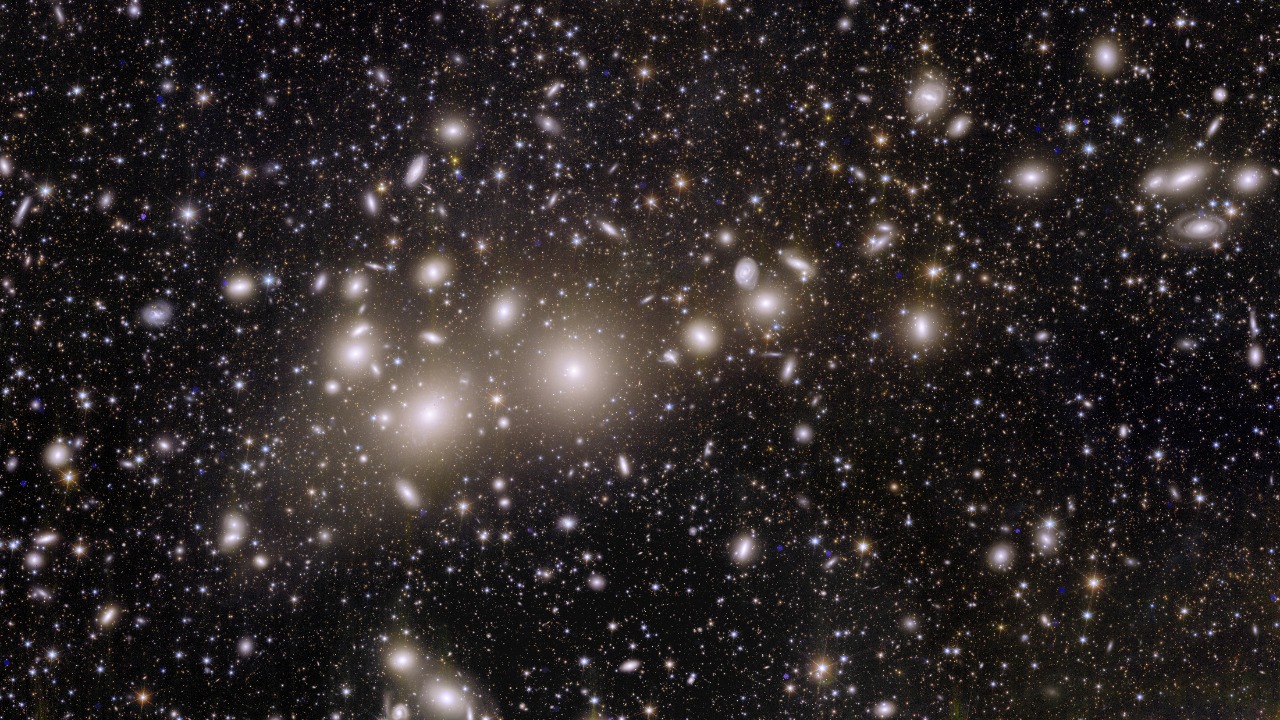
Sound waves in the vacuum of space might seem like a contradiction, yet they can exist under certain conditions. While space is largely a void, it contains clouds of gas and dust that can act as mediums for sound wave propagation. In the case of the black hole in the Perseus galaxy cluster, these low-frequency sound waves have traveled through the hot gas surrounding the black hole. The sound is not audible to the human ear, but scientists have used data sonification techniques to convert these signals into sound waves we can hear, effectively bringing the cosmos to our ears.
The technology and techniques involved in capturing these sound waves are as fascinating as the sounds themselves. Scientists employed specialized sensors aboard NASA’s Chandra X-ray Observatory to detect X-ray emissions from the hot gas surrounding the black hole. By analyzing these emissions, researchers could determine the sound waves’ frequencies and create an audible representation. This transformation from data to sound involves intricate data interpretation methods that align with the principles of acoustics and astrophysics, revealing a symphony of cosmic phenomena.
Insights from the Recorded Black Hole Sound
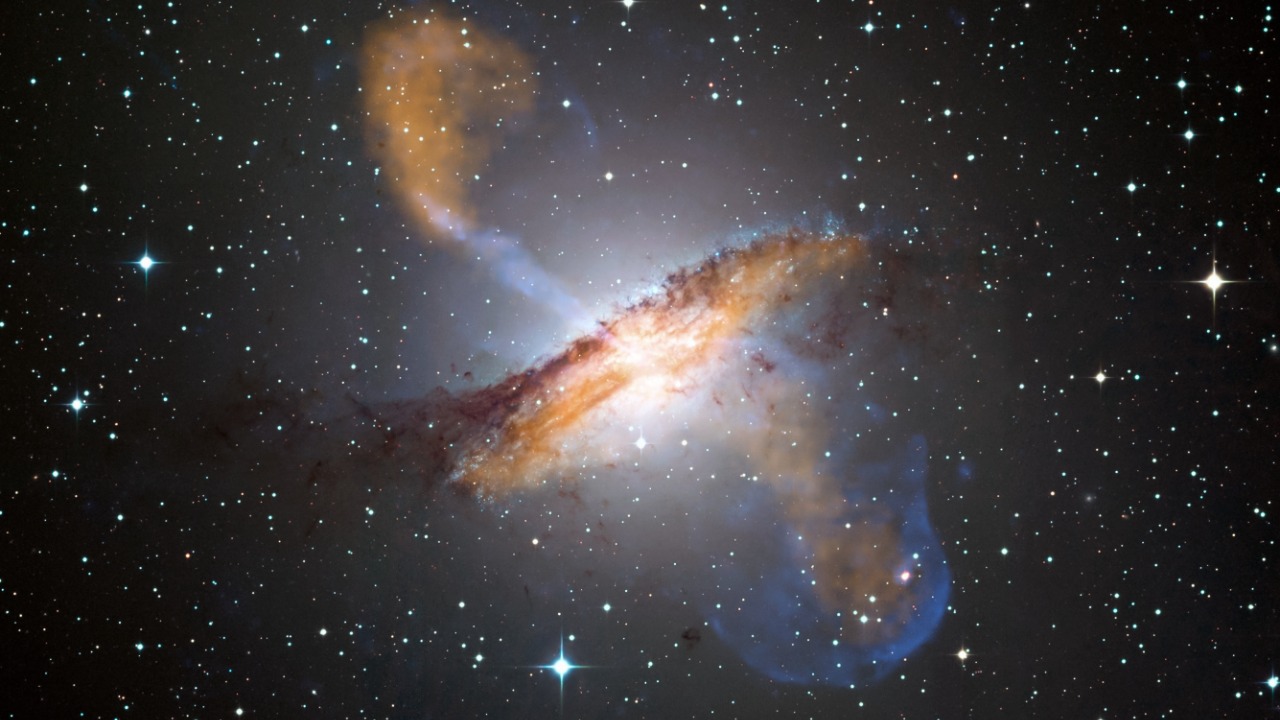
The specific black hole from which this sound was recorded is located in the Perseus galaxy cluster, approximately 250 million light-years away from Earth. This supermassive black hole is notable not only for its size but also for the unique environment it creates, influencing the surrounding gas and matter. The sound waves, once translated into a form we can perceive, provide a hauntingly deep tone, akin to the lowest notes of a musical scale, offering insights into the dynamics of both the black hole and its surroundings.
Analyzing the frequency and patterns of these sounds reveals significant information about the black hole’s activity. The sound waves suggest oscillations within the hot gas, which correlate with the black hole’s mass and rotation rate. This information is crucial for understanding the energetic processes occurring near the black hole’s event horizon. Moreover, these sounds can help scientists infer the presence of other phenomena, such as shock waves or turbulence, that might be affecting the black hole’s environment and contributing to its unique acoustic signature.
Historical and Scientific Context
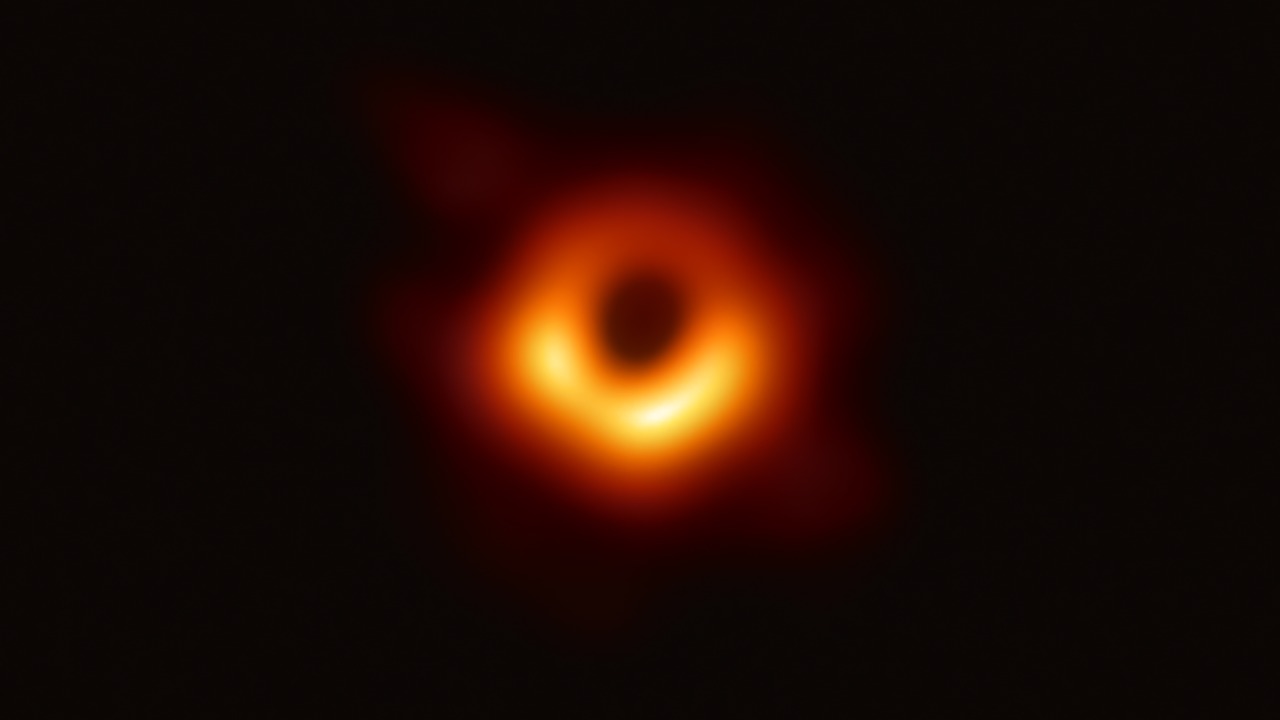
Historically, studying black holes has posed significant challenges for astronomers and physicists. Since black holes do not emit light, they are invisible against the backdrop of space. However, past efforts have focused on observing the gravitational effects of black holes on nearby stars and gas, providing indirect evidence of their existence. The recording of sound waves marks a new era in black hole studies, building upon decades of theoretical predictions and observations.
The concept of black hole sounds was theorized long before it was observed. Previous theoretical models suggested that black holes could produce sound waves through interactions with surrounding matter. This recent discovery not only confirms these theories but also offers tangible proof of the interplay between a black hole and its environment. This breakthrough was made possible through international collaborations, where scientists from various disciplines, including astrophysics, acoustics, and data science, contributed their expertise to achieve this milestone.
Potential Impact on Future Research and Technology
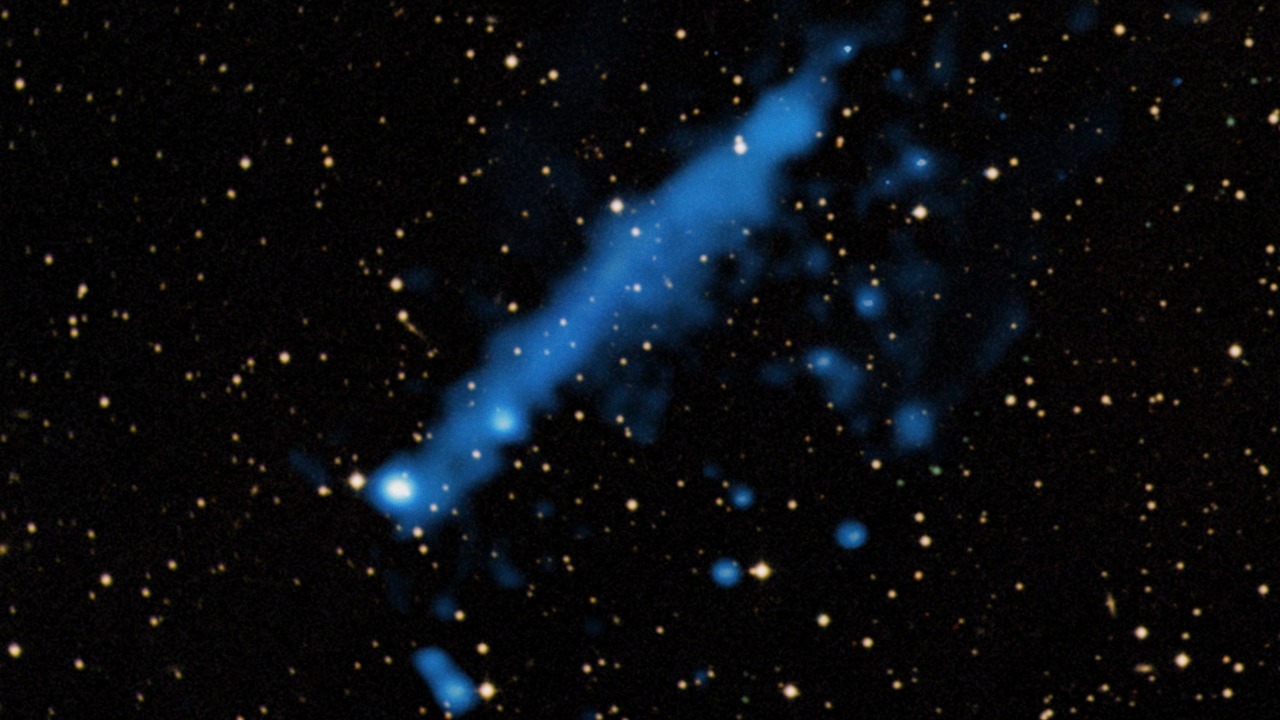
The implications of this discovery for future black hole research are profound. By understanding the sound waves emitted by black holes, scientists can develop new theories and models to explain their complex behaviors. This could lead to a deeper understanding of black holes’ roles in galaxy formation and evolution. Furthermore, the techniques used to record and analyze these sounds may be adapted to study other cosmic phenomena, such as neutron stars, pulsars, or even the dynamics of entire galaxy clusters.
Beyond the realm of astrophysics, the broader impact on technology is also noteworthy. The advancements in sound recording and data analysis tools developed for this project could benefit other fields, such as medical imaging, seismic monitoring, or environmental science. As we continue to push the boundaries of what we can observe and measure in the universe, the intersection of sound and space offers exciting new possibilities for scientific exploration and technological innovation.
In conclusion, the sonification of data from a supermassive black hole in the Perseus galaxy cluster represents a pivotal moment in our quest to understand the universe. By transforming imperceptible sound waves into an audible form, scientists have opened a new auditory dimension to cosmic exploration, promising to deepen our understanding of black holes and the universe at large.